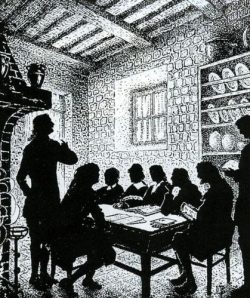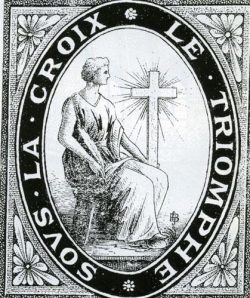“Church of the Desert” Synods
During the time Protestant religious practice was banned in France, services were held in secret (“Church of the Desert” meetings) in many parts of the country, but particularly in the south. Secret synods, bringing together lay people and pastors, were held regularly, initially at local level. From 1726 so-called national synods only included delegates from some regions. They restored order in the Reformed Church and prophetism was stopped.
The Synod of Montèzes (1715)
On 24th August 1715 a meeting of nine people (4 lay and 5 preachers) was held in the hamlet of Montèzes (Gard). Later, the name Montèzes synod was given to this meeting since it was decisive for the future of the Reformed Church. It tried to regulate “Church of the Desert” meetings and silence the prophets. It was chaired by a young preacher, Antoine Court.
The most important measure was the re-introduction of elders as laid down in the Reformed Church. These elders were responsible, with due care, for organising meetings, finding safe houses for preachers, guides to take them there and for making collections for the poor.
Among the preachers attending were Jean Huc, preacher and former Camisard in the Rolland group, Jean Vesson, a former prophet and Pierre Durand, brother of Marie Durand.
After the meeting at Montèzes, several local synods met in 1717, 1718, 1720 and 1721.
The first national synod (1726)
After the revocation of the Edict of Nantes the first synod that could be called national, because it assembled delegates from three provinces, was held at Vivarais in 1726. It was held in secret like all the “Church of the Desert” synods. Three pastors, eight ordinands and thirty six elders met together. We know who the three pastors were :
- Jacques Roger (1665-1745), pastor in Dauphiné, consecrated in 1715 in Wurtemberg and returned secretly to France ;
- Pierre Corteiz (1683 -1767), former Camisard, consecrated in Zurich in 1717 ;
- Antoine Court (1695 – 1760), consecrated on 21st November 1718 by Pierre Cortez during a local synod.
Jacques Roger was the moderator. This synod outlawed prophetism and women preachers. It reinstated the traditional structure of the Reformed Church, advocated care in calling meetings, but totally rejected rebellion against the king.
The second national synod (1727)
This second national synod was held in Dauphiné, with the same three pastors, five ordinands and thirty five elders. It prohibited the carrying of arms at meetings and established an extraordinary council to deal with urgent business in between synods. It re-established the responsibilities of “Deputy General”, no longer to the king of France as under the Edict of Nantes, but to Protestant rulers and countries. The Deputy was responsible for calling on these countries to intervene on the churches’ behalf when persecution became too violent, but particularly for seeking grants to help “Churches of the Desert” and the Lausanne Seminary which had just opened to train future “Church of the Desert” pastors.
This job was entrusted to Benjamin Duplan, gentleman, who travelled Europe seeking help for “The Suffering Church” (a name used by the “Church of the Desert” on account of the persecution they suffered), he later settled in London.
Subsequent Synods
In 1730 the third national synod took place in Vivarais. The moderator of it was Pierre Durand. The synod appointed ministers consecrated outside France, but who then had to be authorised by a local synod.
The fourth national synod was held at Lédignan (Gard) in 1744. For the first time representatives from Saintonge, Poitou and Normandy attended. Antoine Court, now settled in Lausanne, came back for this synod. The moderator was Michel Viala, who worked in Comté de Foix, Montalbanais and Poitou.
The synod restated its loyalty to the king, Louis XV. It is said that when they learnt the king was dangerously ill in Metz, the meeting immediately knelt to pray for his recovery.
In 1748 the fifth national synod took place in Vivarais. The moderator was Pierre Pevot, former pupil at the Lausanne Seminary and pastor in Vivarais. The synod explicitly banned Catholic weddings and baptisms, on pain of excommunication. “Church of the Desert” pastors had to keep baptism and marriage registers.
The next synod was not until 1756 because of the resumption of persecution. According to a memo attached to the minutes, the 1756 “census” showed : 48 practicing pastors, 18 ordinands, 4 students at the Lausanne Seminary. The synod looked at paying working pastors and urged the consistories to give pastors an honorarium of 400 pounds a year.
The last "Church of the Desert" Synods
The seventh national synod took place in the Cevennes in 1758 and the moderator was Paul Rabaut (1718 – 1794). There were 14 pastors and 12 elders, and they petitioned the king.
In 1763 the eighth, and last, national synod of the “Church of the Desert” was held in Bas-Languedoc, with Paul Rabaut as moderator. This synod wanted to foster cooperation and solidarity between Reformed churches. They reintroduced local itinerant ministers for regions where it was not possible hold regular services.
Progress in the tour
Bibliography
- Books
- FELICE Paul (de), Histoire des synodes nationaux, Ed. Grassart, Paris, 1864
Associated tours
-
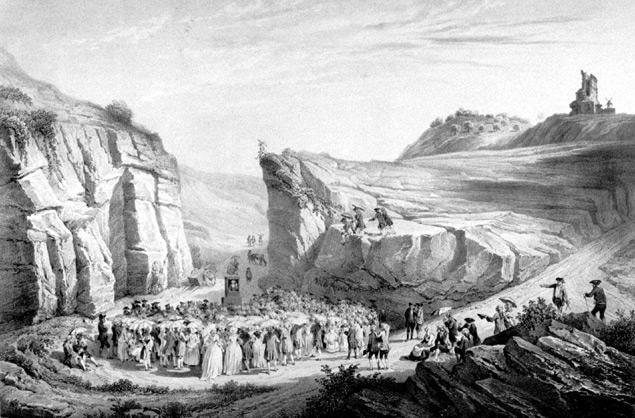
Religion in the “Desert” period
After the Revocation of the Edict of Nantes in 1685, French Protestants went into exile or abjured their religious faith. However, among those who abjured, some continued to practice in...
Associated notes
-
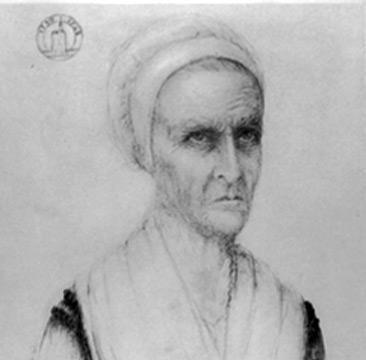
Marie Durand (1711-1776)
For the French protestants, Marie Durand symbolized those who resisted religious intolerance after the revocation of the Edict of Nantes. -

Antoine Court (1695-1760)
Antoine Court gave himself to the restoration and reorganisation of Protestantism in France after the revocation of the Edict of Nantes (1685). -
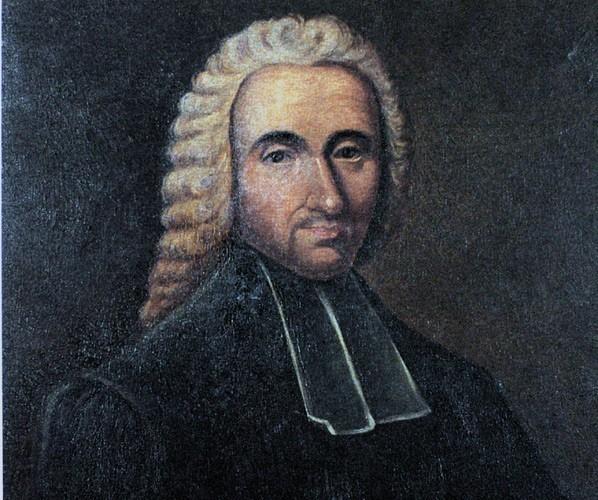
Paul Rabaut (1718-1794)
As a pastor in the “Churches of the Desert”, Paul Rabaut lived a secret and dangerous life -
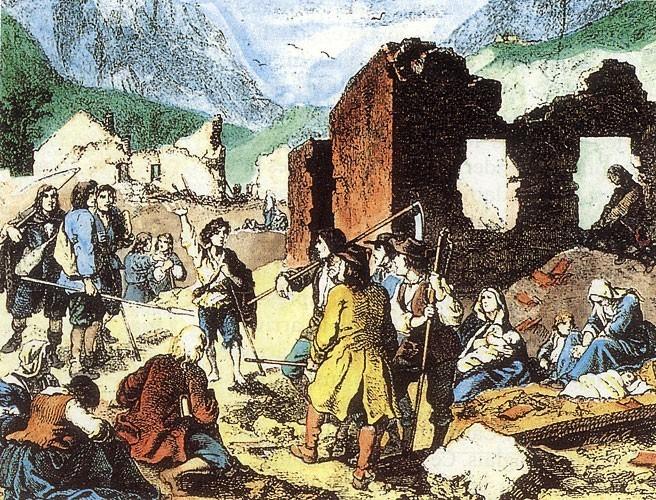
Benjamin Du Plan (1688-1763)
Benjamin Du Plan belonged to a group of people who, although not pastors themselves, nevertheless contributed greatly to the rebirth of Protestantism in the Désert. -
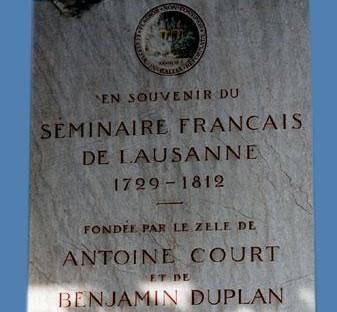
The Lausanne Theological Seminary (1726-1812)
The seminary in Lausanne was started at the instigation of Antoine Court. Its purpose was to train those called to the ministry in France during the “Desert” period. -
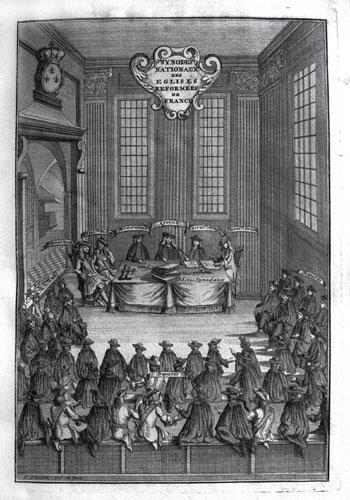
The organisation of the Reformed Church
The Reformed Churches were organised according to the order of 1559, as had been the case in the sixteenth century. They were ruled by a series of bodies at local,... -

The Camisards
For almost two years mere craftsmen and peasants managed to keep at bay the troops of Louis XIV at bay, one of the best armies in Europe, and resisted two... -
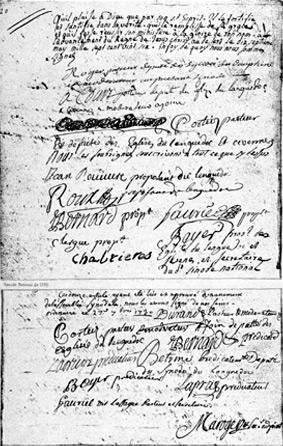
Pastors of the "Church of the Desert"
Following the revoking of the Edict of Nantes, Protestant pastors had to leave France. From 1715, encouraged by Antoine Court, a new group of pastors gradually emerged. The “Church of... -

Creation of the Lausanne Seminary
Antoine Court and Benjamin Duplan founded the Lausanne Seminary in Switzerland. All Protestant schools had been closed since the Revocation of the Edict of Nantes. This institution therefore aimed to... -
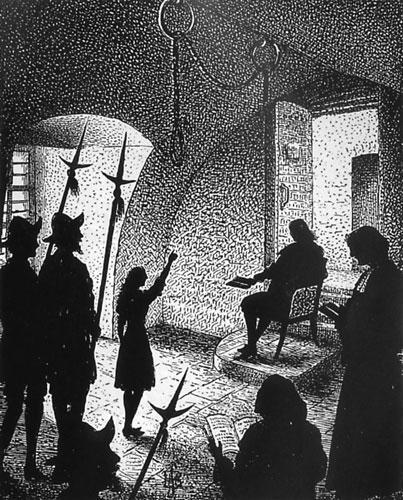
Prophetic Movement
In the years following the Revocation of the Edict of Nantes, a Prophetic Movement, quite alien to the Reformed tradition, stirred up Protestant peasants from the South of France and...

